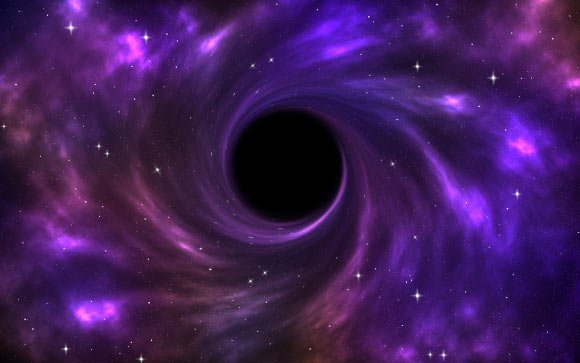Dark Matter Formation
A new theory regarding the creation of supermassive black holes from dark matter has popped up suggesting a novel mechanism. The supermassive black holes could instead form directly from dark matter in high-density regions in the centers of galaxies in contrast to the conventional formation scenarios involving ‘normal’ matter according to the international team. The result has been being published in Monthly Notices of the Royal Astronomical Society proving to be a key implication for cosmology in the early Universe.
Rise of Supermassive Black Holes
The biggest problems in the study of galaxy evolution today are how supermassive black holes initially formed. The biggest concerns are that how supermassive black holes could grow so quickly and remain unexplained which have just been observed as early as 800 million years after the Big Bang.

So, the standard models of formation involve baryonic matter (atoms, elements that make up stars, planets, and all visible objects) which collapse under gravity to form black holes growing into massive size over time. The new study reveals the potential existence of stable galactic cores made of dark matter, and surrounded by a diluted dark matter halo, finding that the centers of these structures could become so concentrated that they could also collapse into supermassive black holes once a critical threshold is reached.0
Quicker Formation
The older proposed formation mechanisms could be slower as this mode suggests that things happened much more quickly allowing supermassive black holes in the early Universe to form before the galaxies, they inhabit which is in complete contrast to current understanding.
Researcher at Universidad Nacional de La Plata and ICRANet, Carlos R. Argüelles commented that:
“This new formation scenario may offer a natural explanation for how supermassive black holes formed in the early Universe, without requiring prior star formation or needing to invoke seed black holes with unrealistic accretion rates.”
Rise of Dark Matter
This models also suggest that critical mass for collapse into a black hole might not be reached for smaller dark matter halos. This could be observed for those surrounding some dwarf galaxies.
“This model shows how dark matter haloes could harbor dense concentrations at their centers, which may play a crucial role in helping to understand the formation of supermassive black holes,” added Carlos. “Here we’ve proven for the first time that such core–halo dark matter distributions can indeed form in a cosmological framework, and remain stable for the lifetime of the Universe.”
More light could be drawn on supermassive black hole formation as per authors with further studies as it is in the very earliest days of our Universe. Further investigation can draw more light on whether the center of galaxies could play host to these dense dark matter cores. This could be so for our Milky way Galaxy.

2 Comments
Pingback: Most Distant Quasar shooting powerful radio jets found by scientists - Craffic
Pingback: Goldilocks – A New Black Hole Formed Before the First Stars and Galaxies - Craffic